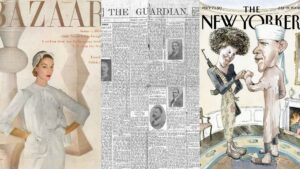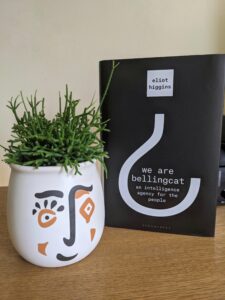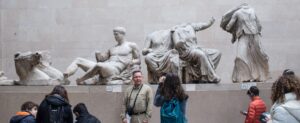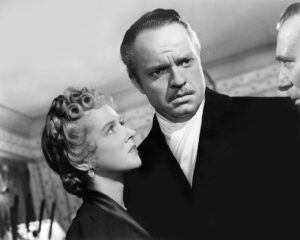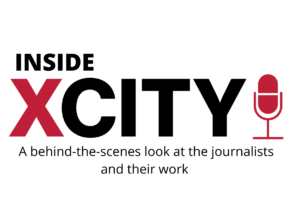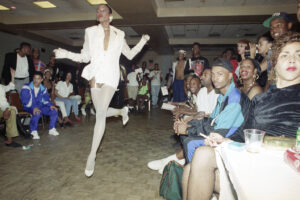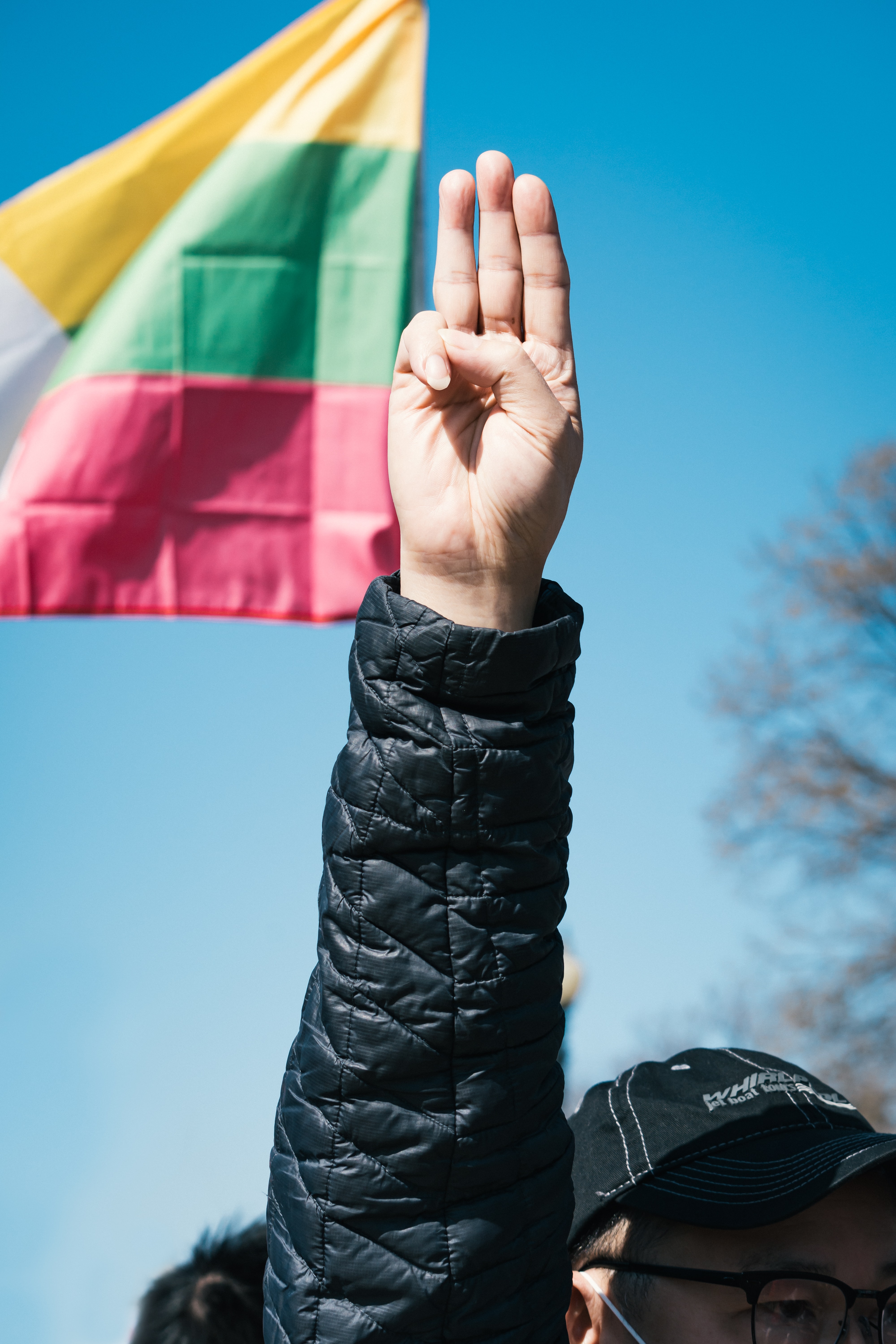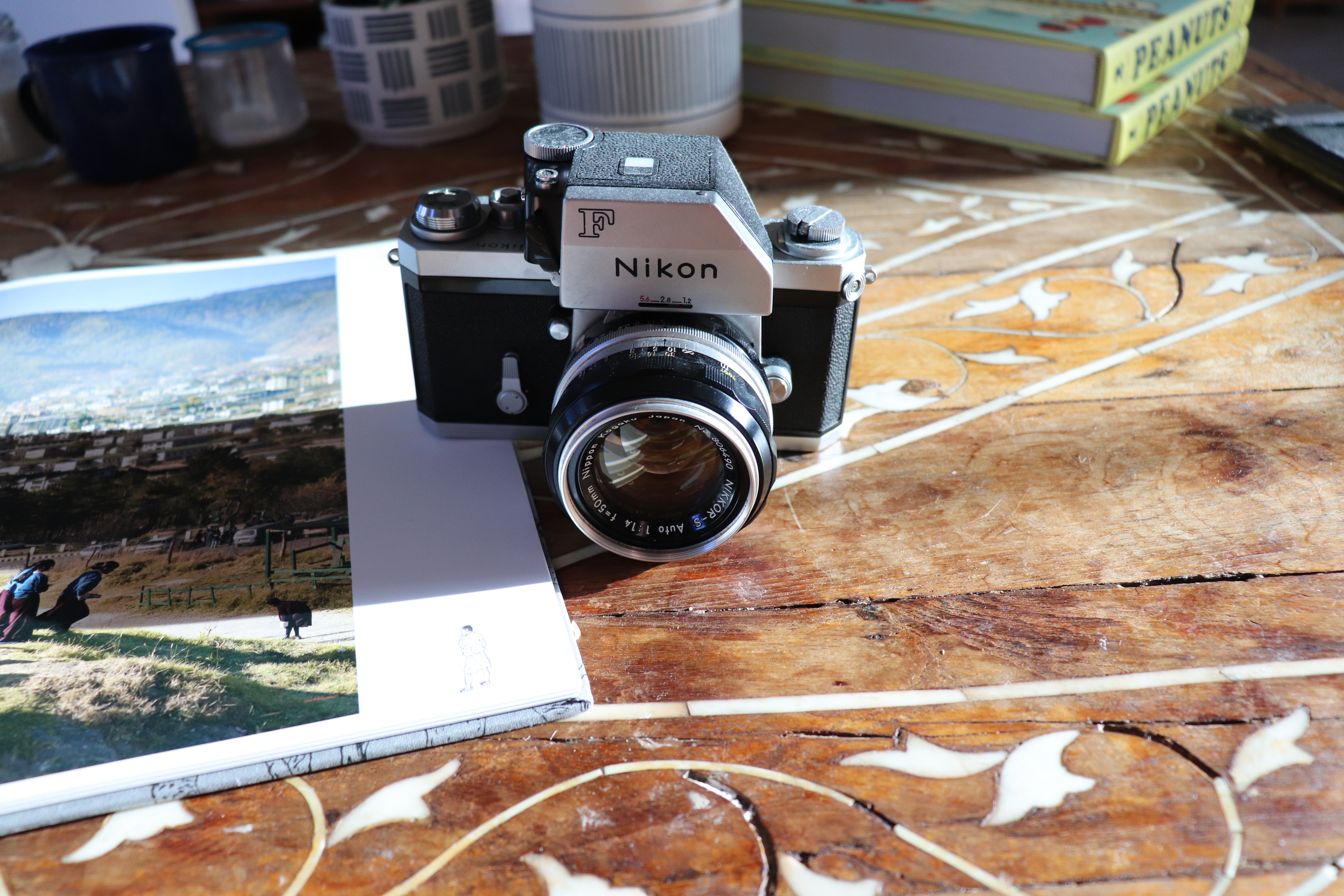
Image: Unsplash
From conflict zones to carnival performers, Ed Cunningham lists some of the industry’s most iconic photojournalists and what they did to make their mark on the world of visual storytelling.
The storming of the Capitol; the tangled tubes of an intensive care unit; the latest snaps of the prime minister’s dog – rarely is an event (or non-event) left uncaptured by photojournalists.
In the modern age, with a camera in every pocket, it’s never been easier to be a photojournalist. But who were the true innovators of photojournalism: those that pioneered new styles and techniques, or irreversibly altered what was acceptable to be photographed?
Throughout history, there have been hundreds of remarkable photojournalists, each with their own contribution to the profession’s many different facets and purposes. Here are six photojournalists that revolutionised their craft in the 20th century.
Robert Capa (1913-1954)
From the Spanish Civil War and D-Day through to the Vietnam War, Robert Capa (born Endre Friedmann in Hungary, 1913) was responsible for some of the most iconic images of 20th century conflict. He was also co-founder of Magnum Photos, a photographic collective renowned as the home of dozens of celebrated photographers and photojournalists.
Capa’s maxim: “If your pictures aren’t good enough, you aren’t close enough,” took him to the heart of the conflict, documenting the Republican cause in Loyalist Spain in 1936-9 and landing on Omaha Beach with US troops in 1944. Ultimately, that mantra brought about his end – Capa died after stepping on a landmine in Vietnam in 1954, aged just 40.
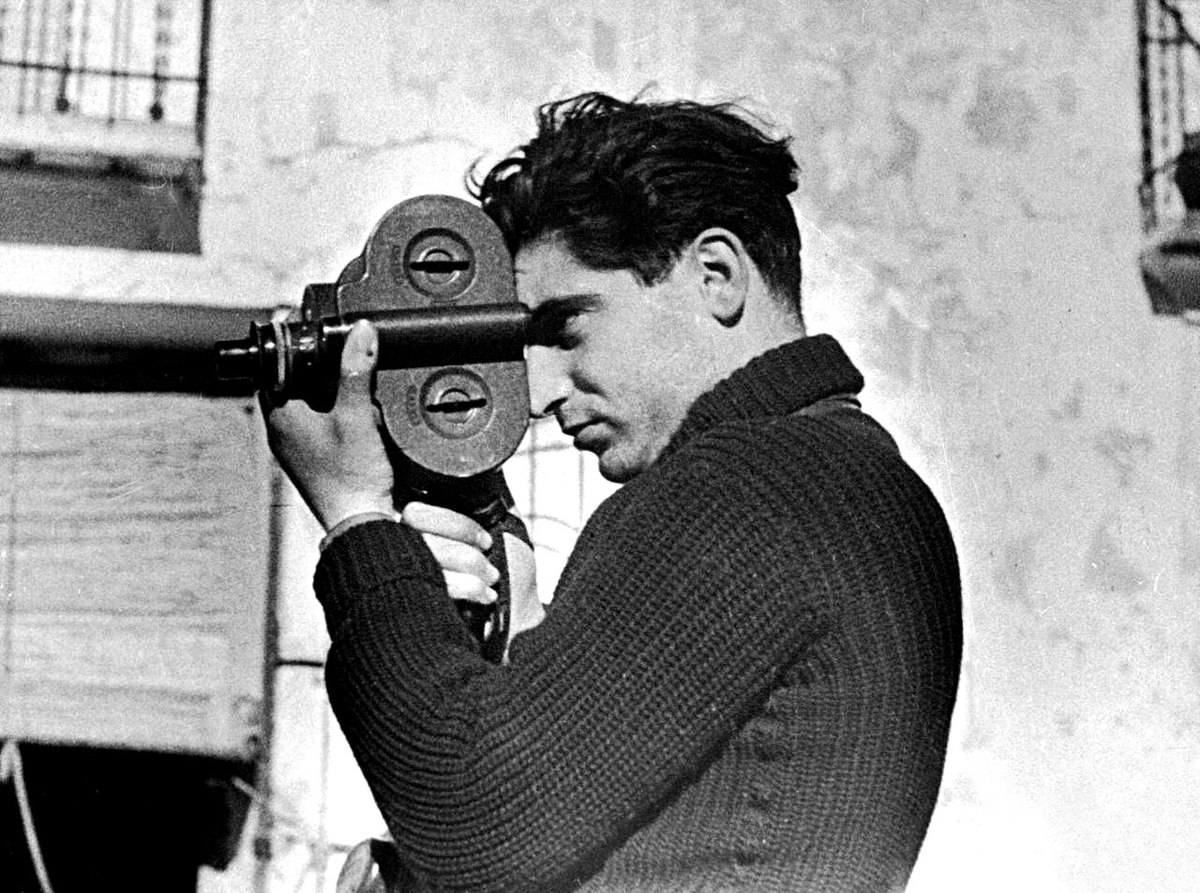
Dorothea Lange (1895-1965)
Working for US government agencies in the wake of the Great Depression, Dorothea Lange captured the poverty and destitution of migrants leaving the Dust Bowl and American South for California. Intending to raise public awareness and provide aid, she travelled the country documenting the inhabitants of bleak, desolate landscapes.
Lange went on to record the experiences of other marginalised communities in the US, notably the internment of Japanese Americans in the Second World War. Working when photography was still relatively new to printed publications, Lange is now considered one of photojournalism’s great humanising documentarians. Migrant Mother (1936) is arguably her best-known work, a portrait of mother of seven Florence Thompson in Nipomo, California – as much an image of anguish and poverty as it is of resilience and endurance.

Diane Arbus (1923-1971)
Diane Arbus didn’t photograph war, disaster, or any particular political event. She was instead famed for her portraits of human beings – specifically, members of marginalised communities and individuals on the fringes of society.
Arbus’ signature black and white images presented the humanity of outcasts in her home town of New York. Nudists, carnival performers, and heavily tattooed men were just a few of her subjects. Treading a fine line between empath and voyeur, Arbus teased the assumptions and prejudices of her viewer, but she also gave her subjects the opportunity to represent themselves how they saw fit.
Arbus’ works are generally seen as bridging fashion photography and fine art, though her direct, revealing photographs shaped how many modern photojournalists document faces, lives, and communities.
Don McCullin (1935-)
Throughout the history of photojournalism, the sheer breadth of Don McCullin’s photography sets him apart. His career has spanned conflicts across the globe, from reporting on wars in Vietnam and Biafra to covering decades of struggles of the British working class.
Unlike Arbus, McCullin is more an artful documentarian than an artist, his photographs laying out the reality of conflict, poverty, and human tragedy. His work is no stranger to controversy – some have accused him of making a spectacle out of suffering – but McCullin is nevertheless responsible for some of the most lasting images of human suffering in the 20th and 21st centuries.

Eve Arnold (1912-2012)
Eve Arnold is best known for her images of celebrity culture, photographing moments that show the gentler, more compassionate and relatable sides to figures like Marilyn Monroe and Malcolm X. Her influence over pop photographers such as Annie Leibovitz and Robert Mapplethorpe is unshakeable – but Arnold’s influence went well beyond celebrity portraits.
She documented African American migrant workers suffering housing discrimination in New York in the 1950s, the Civil Rights and Black Power movements, and the lives of those in post-Cultural Revolution China. “I don’t see anybody as either ordinary or extraordinary,” she once said. “I see them simply as people in front of my lens.” Arnold was the first woman to join Magnum in 1957 and a long-time advocate for greater representation of women in photojournalism.
Sebastião Salgado (1944-)
The immense scale and framing of Sebastião Salgado’s photography give new dimensions to human nature and natural landscapes. His most famous images contain the thousands of working bodies of Brazil’s Serra Pelada gold mine in the 1980s, but he also produced notable works of genocide victims in Rwanda, flaming oil wells in Kuwait following the American invasion in 1991, and decades’ worth of images documenting the plight of labourers across the Coffee Belt.
Salgado’s 21st century focus has honed in on environmental and humanitarian causes. In bringing attention to the landscapes, wildlife, and Indigenous cultures of his native Brazil, his photojournalism intends to preserve them from the threats of modernity and industrialisation. Aside from his style, Salgado is also known for his radical presentation. Rarely is his photography reproduced outside of a series, allowing it to retain the dignity, poignance, and explanatory flow of visual journalism.

